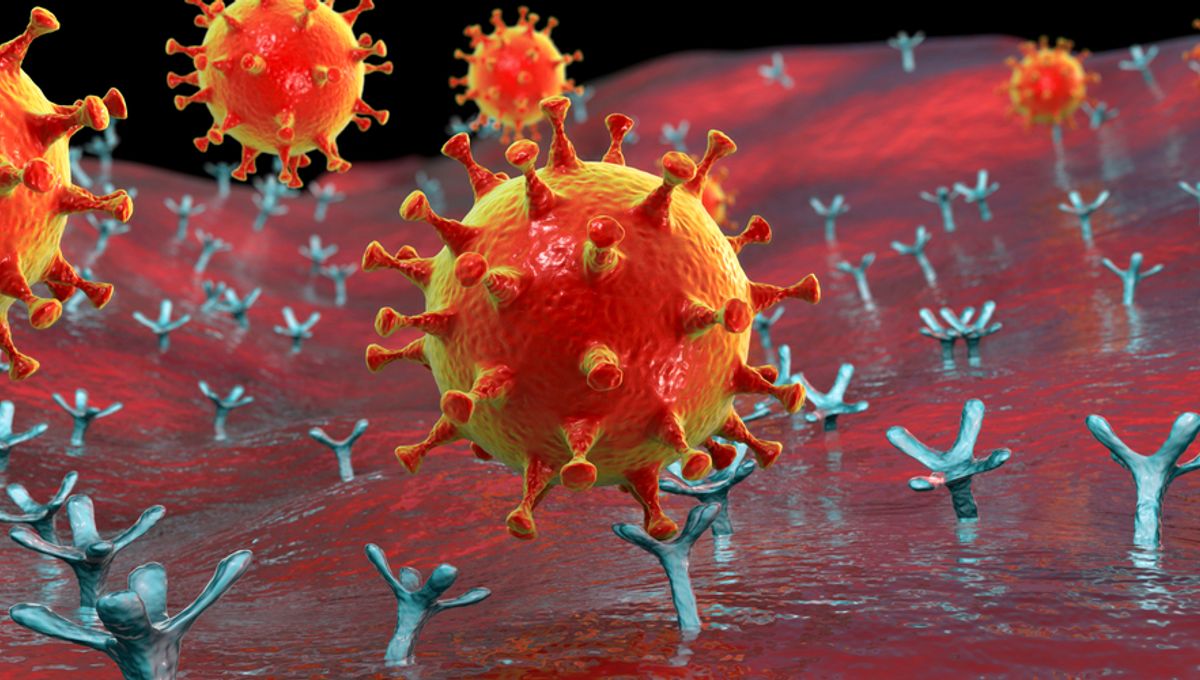
Researchers at the Wuhan Institute of Virology have detected a new coronavirus in bats that is capable of entering human cells using the exact same mechanism as SARS-CoV-2, the virus that causes COVID-19. However, while this finding implies the obvious possibility of a spillover to human populations, the study authors point out that the new pathogen appears less virulent than that which caused the recent pandemic.
ADVERTISEMENT GO AD FREE
Over the past five years, an enzyme known as ACE2 has achieved worldwide fame and notoriety as the binding site for SARS-CoV-2, providing a point of entry for the virus into human cells. Back in 2006, researchers identified a coronavirus in bats called HKU5-CoV which uses the bat version of ACE2 to cause infection in the flying rodents without posing any threat to us.
However, after collecting and analyzing anal swab samples from Japanese house bats, the authors of the new study detected a new lineage of HKU5-CoV, which has the potential to bind to the human variant of ACE2.
Known as HKU5-CoV-2, the virus also appears capable of hooking onto other versions of ACE2 in multiple different mammals, suggesting it may be capable of jumping to other species. The detection of similar strains in farmed minks underscores this risk, indicating that the virus may already be spreading through different animal populations.
“These results indicate that the HKU5-CoV-2 may have a broader host range and a higher potential for interspecies infection [than the original HKU5-CoV strain],” write the study authors.
To determine how much of a threat the virus poses to us, the researchers examined the pathogen’s ability to enter cultured human cells. Experiments revealed that the new coronavirus successfully invaded human cells that expressed ACE2 on their surface, but could not access those that were engineered to lack this crucial enzyme. Such a finding is concerning as it suggests that HKU5-CoV-2 operates via the same mechanism as SARS-CoV-2.
Using models of the human respiratory and digestive systems, the study authors then watched on as the new coronavirus successfully replicated itself inside these organs.
ADVERTISEMENT GO AD FREE
As alarming as all this sounds, the researchers stress that HKU5-CoV-2 has a lower binding affinity for human ACE2 than SARS-CoV-2 does, while various other complications also limit its pandemic-causing potential. “Due to these suboptimal factors for human adaptation, the risk of [HKU5-CoV-2] emergence in human populations should not be exaggerated,” they write.
Even more encouragingly, further experiments identified several monoclonal antibodies that appear effective at neutralizing the new coronavirus, while antiviral drugs such as remdesivir and nirmatrelvir also successfully inhibited the pathogen. So while this announcement obviously has to be taken seriously, there’s no reason to panic just yet.
The study has been published in the journal Cell.
Source Link: New Coronavirus HKU5-CoV-2 In Bats Can Infect Human Cells Just Like COVID-19